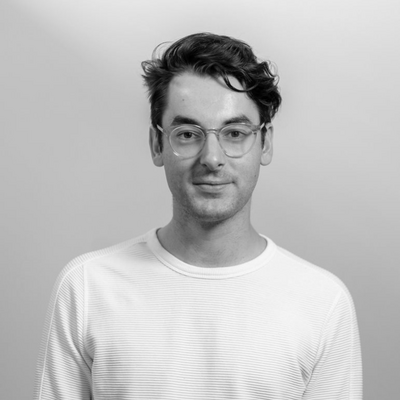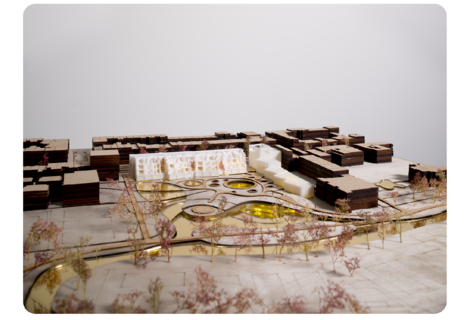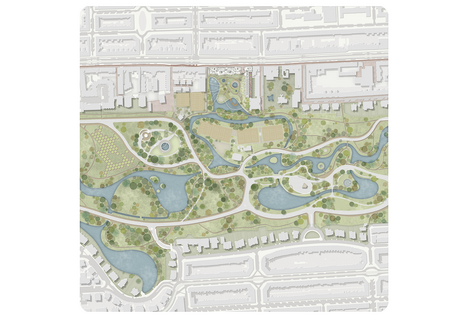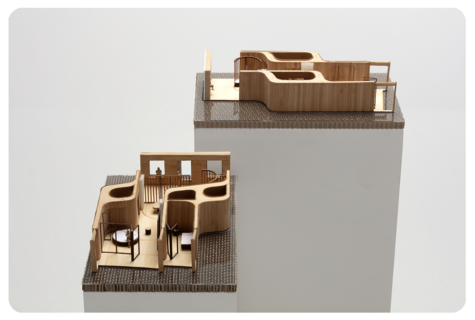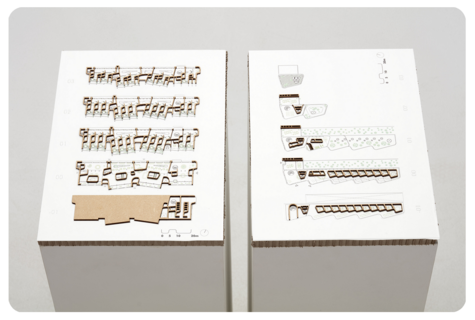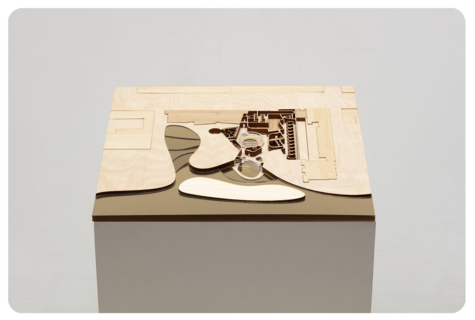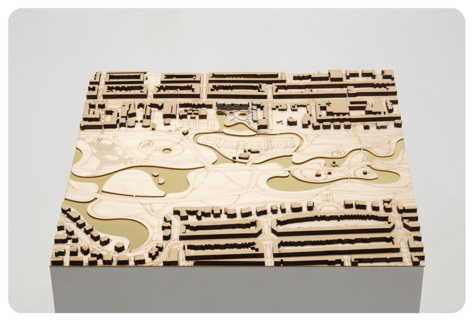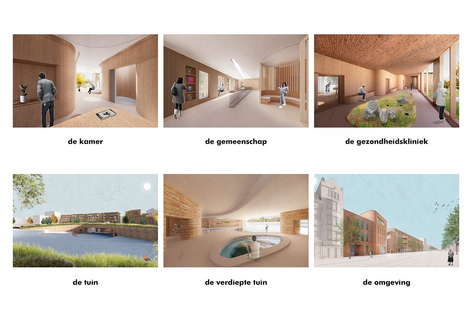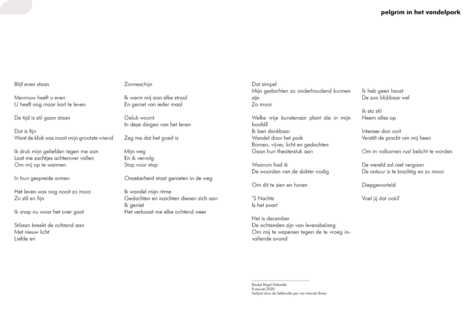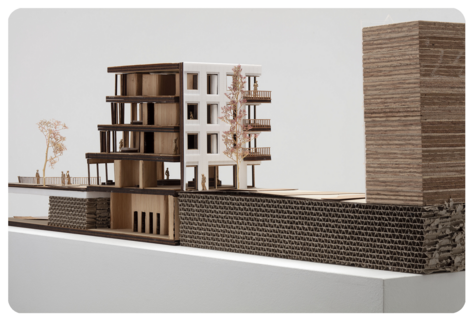Niels Geerts
Heelhuis
B-House
I wake up and… then what?
“I wake up and… then what?” is the subtitle of Heelhuis, a proposal for a care building based entirely on the patient. The project is a response to the manifesto for the care of Boukje Bügel-Gabrëls, a fellow student who started the project. During her period of illness and rehabilitation she experienced the limitations of the current healthcare architecture.
Boukje wrote down her experiences in diaries and shared them with her loved ones. In words and images she initiated spatial proposals. Hope is central to all the pieces. The resulting values and resources support these and also address a strong connection with nature and people.
Heelhuis replaces the current Reade rehabilitation center, which will move to the site of the OLVG West hospital. The current building turns away from both the city and the park behind it. Heelhuis does the opposite: it adapts to the immediate environment through urban life in the plinth and through a garden as an extension of the Vondelpark. In this way, Heelhuis is an inherent part of the city and Heelhuis gives back space to the surrounding residents and visitors. Patients (or rather: residents) of Heelhuis are an inseparable and autonomous part of society.
Focusing on the patient: designing in the I-form
The project has been approached completely from the resident's point of view. During the design process, the question was constantly asked "I wake up.. and then what?" “What do I do next, what does my day look like?”
The building has grown from the bed in this way. Step by step, spaces were added and the scale of the design grew: from bed, to home, to common areas, home, health clinic, spa, garden, park and city. Then return to the bed. Residents can determine for themselves to what extent they want to be part of the community and the environment at a given moment.
This way of designing has led to a main set-up of three buildings: a residential building (bed house) on the Overtoom - where each house has a view of the quiet park side, as well as involvement with the busier communal city side, a health clinic at the park - where the route is continuous: patients do not walk back into the waiting room, but after the treatment room they walk back to the exit via a kind of cloister with a flower garden -, and a spa - which is part of the Vondelpark as a sunken garden in build form.
Heelhuis concerns a current issue: can architecture influence healthcare?
An interesting background is that the human view of care always has many parallels with the world views of the time. Where in the Middle Ages the sick were mainly isolated by epidemics, in the Renaissance people wanted to heal people. Subsequent technological developments made hospitals increasingly necessary and economic developments increasingly efficient. The exponential economic growth and political developments of the last decades have led to a privatization of healthcare. At the same time, the current pressure on healthcare, an aging population and increasing population demand a revision of the healthcare vision.
Workshops were held in the process with relatives, care providers and care developers. Two common denominators were striking: everyone wants to provide care ('the broad care team') and a general call to make the building very specific, but flexible at the same time. Every patient is unique and has their own needs. It is interesting to look in these groups at more inclusive forms of living, where prevention, inspiration and humanity are central.
Heelhuis is mainly intended as an instigator to think about better care buildings, in addition to showing a number of concrete design solutions. After all, many care homes have been designed as efficient care machines due to the privatization of care, whereby the insurer determines the quality of vulnerable life. In Heelhuis this is radically reversed: here the resident, the next of kin and therefore the quality of life (and also death) are central on all scale levels.
Graduation date: 3 February 2022
Initiator: Boukje Bügel-Gabreëls
Graduation committee: Machiel Spaan (mentor), Laura Alvarez, Jarrik Ouburg
Additional members for the exam: Jeroen van Mechelen, Stephan Verkuijlen
